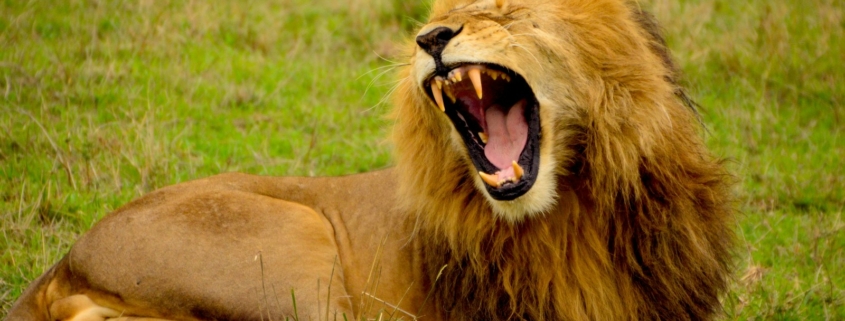Wildlife Encounters During Rock Climbing Adventures in Africa
Rock climbing in Africa offers adventurers not only the thrill of scaling towering cliffs and rugged peaks but also the opportunity to connect with nature in its purest form. Africa’s diverse ecosystems are home to a wide array of wildlife, from majestic elephants and lions to elusive leopards and colorful birds. As climbers explore the continent’s remote landscapes, they may encounter a variety of animal species, each adding a unique dimension to their climbing experience. In this article, we’ll delve into the potential wildlife encounters during rock climbing adventures in Africa and how climbers can safely and responsibly interact with the natural world.
1. Baboons and Monkeys:
Baboons and monkeys are common sights in many climbing areas across Africa, especially in regions with rocky outcrops and mountainous terrain. These intelligent and adaptable primates are known for their curiosity and may approach climbers in search of food or water. While encounters with baboons and monkeys can be fascinating, climbers should exercise caution and avoid feeding or provoking these animals to prevent conflicts and ensure their safety.
2. Birds of Prey:
Africa is home to a diverse array of birds of prey, including eagles, hawks, and vultures, which inhabit the cliffs and rocky crags frequented by climbers. While observing these magnificent birds soaring overhead can be awe-inspiring, climbers should be mindful of nesting sites and avoid disturbing nesting birds during the breeding season. Additionally, climbers should be aware of the potential risk of swooping attacks by protective raptors and take precautions to minimize the risk of injury.
3. Snakes:
Africa boasts a rich diversity of snake species, ranging from harmless colubrids to venomous vipers and cobras. Climbers should be vigilant when navigating rocky terrain and be prepared to encounter snakes basking in the sun or seeking shelter in crevices and cracks. While most snakes are shy and will retreat when approached, climbers should exercise caution and avoid disturbing or provoking these reptiles to prevent snake bites and ensure their safety.
4. Large Mammals:
Certain climbing areas in Africa are situated within or adjacent to national parks and wildlife reserves, where climbers may have the opportunity to encounter large mammals such as elephants, lions, and buffalo. While these encounters can be exhilarating, climbers should exercise extreme caution and maintain a safe distance from potentially dangerous animals. Climbing during daylight hours, making noise to alert wildlife to your presence, and avoiding climbing near water sources frequented by animals can help reduce the risk of dangerous wildlife encounters.
5. Insects and Arachnids:
Africa is teeming with insect life, including beetles, ants, and spiders, which may be encountered while climbing in rocky terrain. Climbers should be prepared for insect bites and stings and take precautions such as wearing long sleeves and pants, applying insect repellent, and checking gear and clothing for hidden insects before use. Additionally, climbers should be mindful of the risk of encountering venomous spiders such as black widows and brown recluse spiders in dark crevices and cracks.
6. Marine Life:
In coastal climbing areas such as South Africa’s Western Cape and Madagascar’s Tsaranoro Valley, climbers may have the opportunity to explore sea cliffs and rocky shorelines inhabited by a variety of marine life. From playful seals and dolphins to colorful fish and crustaceans, these coastal environments offer a unique backdrop for climbing adventures. Climbers should be aware of tides, currents, and potential hazards such as slippery rocks and rogue waves when climbing near the ocean and take appropriate safety precautions to avoid accidents.
7. Conservation Considerations:
While encountering wildlife during rock climbing adventures in Africa can be an unforgettable experience, climbers must prioritize the conservation of natural habitats and respect for wildlife. By minimizing their impact on the environment, adhering to Leave No Trace principles, and following local regulations and guidelines, climbers can help protect Africa’s precious ecosystems and ensure the continued survival of its iconic wildlife species.


